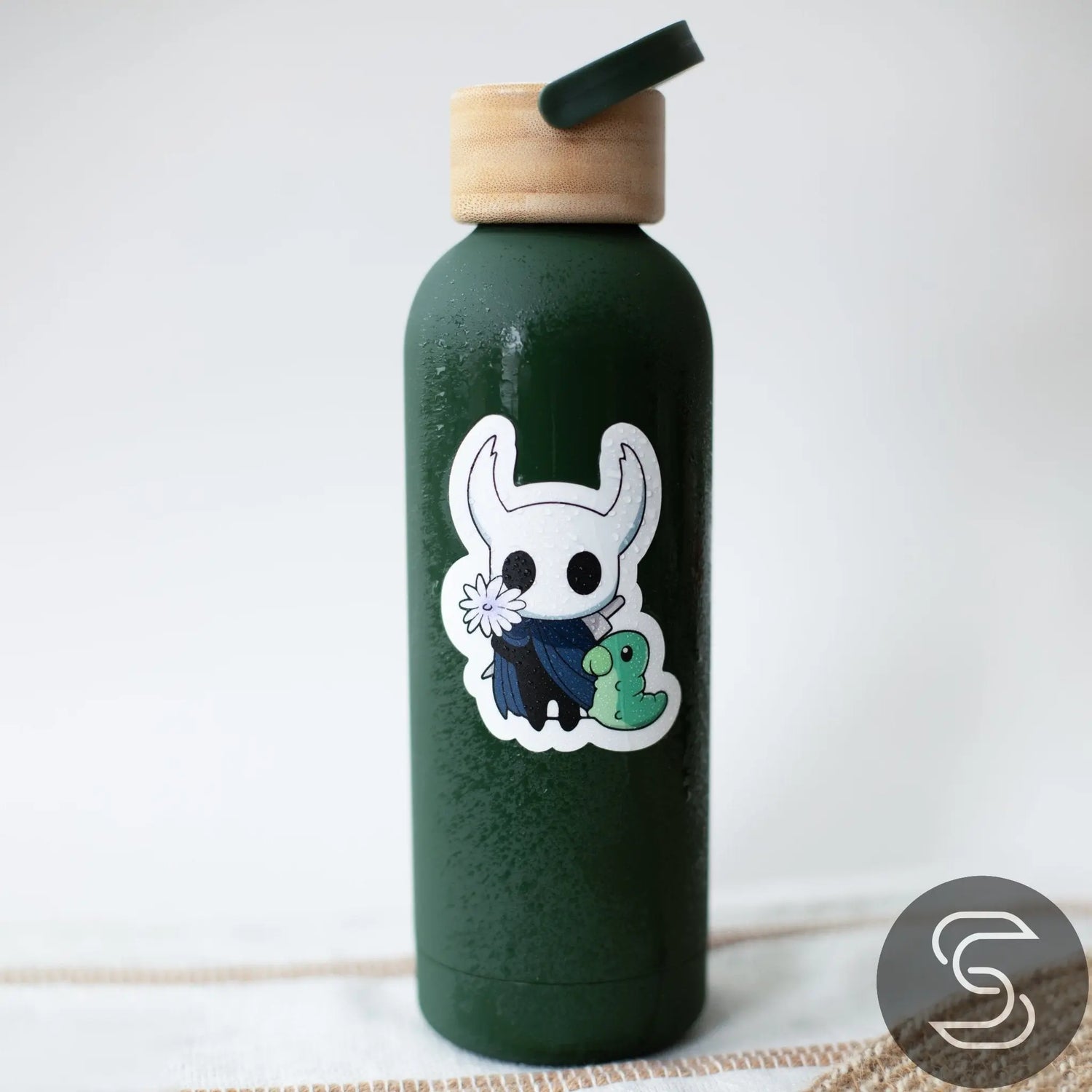Get creative with simple brainstorming techniques to design stickers that stand out.
Designing a sticker requires more than just creativity. It takes thoughtful planning to make a design that truly resonates. Whether you're an artist, business owner, or a team aiming to make an impact, understanding design concepts is key. This guide will help you turn ideas into standout sticker designs.
Why Focus on Design Concepts and Brainstorming?
Before starting the design, you need a solid foundation. Brainstorming helps you:
Clarify Your Vision: Define the message or emotion behind your sticker.
Understand Your Audience: Create designs that appeal to your target group.
Enhance Creativity: Explore ideas without limits.
Save Time: A clear direction speeds up the process.
Guide to Effective Brainstorming
1. Define Your Purpose
Ask yourself:
What is the goal of this sticker? (Brand promotion, event marketing, personal expression, social causes)
What action do you want people to take? (Visit a website, attend an event, feel inspired or amused)
Knowing your purpose guides creative decisions and ensures your sticker's success.
2. Identify Your Target Audience
Know who will see and use your sticker:
Demographics: Age, gender, location, occupation
Interests: Hobbies, beliefs, lifestyles
Needs: What problems can your sticker solve or what desires can it fulfill?
Understanding your audience helps create engaging designs.
3. Gather Inspiration
Boost creativity by exploring:
Nature: Patterns, colors, and shapes around you
Art & Culture: Visit galleries or events
Competitors: See what works in your niche
Online Platforms: Browse Pinterest, Instagram, and blogs
Make a mood board with inspiring images, textures, and colors.
3. Brainstorm Ideas Freely
Let ideas flow without judging them:
Mind Mapping: Start with a theme and branch out ideas.
Free Writing: Write down any words or phrases that come to mind.
Sketching: Draw rough sketches, no matter how simple.
Association Games: Link unrelated concepts to spark new ideas.
Focus on generating lots of ideas first.
4. Refine Your Concepts
Narrow your ideas by asking:
Is it relevant to the purpose and audience?
Is it unique and memorable?
Can it work as a sticker?
Choose the best ideas for further development.
5. Key Elements of Sticker Design
Color Psychology
Colors evoke emotions:
Red: Energy, passion, urgency
Blue: Trust, calmness, professionalism
Green: Growth, health, tranquility
Yellow: Happiness, attention, warmth
Choose colors that match your message and audience.
6. Typography
Fonts communicate tone:
Serif: Traditional, reliable
Sans-Serif: Modern, clean
Script: Elegant, personal
Display: Unique, attention-grabbing
Keep fonts readable, especially in smaller sizes, and limit to two or three.
7. Imagery and Symbols
Visuals should support your message:
Icons simplify complex ideas.
Illustrations add creativity.
Patterns create interest.
Mascots build recognition.
Use images that are clear and meaningful.
8. Shape and Size
The shape affects impact:
Standard Shapes: Circles, squares, rectangles
Die-Cut Shapes: Custom outlines to match your design
Size: Consider where the sticker will be used
The shape should match the design's purpose.
9. Collaborative Brainstorming Techniques
For team projects:
Brainwriting: Members write down ideas before sharing.
Round-Robin: Share ideas in turns to build on each other.
Role Storming: Take on different personas for fresh perspectives.
10. Tips for Boosting Creativity
Embrace Constraints: Work with color limits, size restrictions, or theme boundaries.
Take Breaks: Short walks or mindfulness exercises can spark new ideas.
Seek Diverse Input: Ask friends, family, and online communities for feedback.
11. Ethical and Cultural Considerations
Cultural Sensitivity: Avoid offensive symbols or language.
Originality: Create unique designs and respect copyrights.
12. Finalizing Your Design
Create a Mock-Up: Visualize your sticker on products like laptops, water bottles, or cars.
Get Feedback: Use surveys, focus groups, or social media polls to refine your design.
Revise: Adjust colors, fonts, or imagery based on feedback. Simplify where needed and highlight key elements.
Conclusion
Design concepts and brainstorming fuel your sticker-making journey. Investing time in this phase sets the stage for a design that looks great and delivers a message. The best stickers grab attention, communicate clearly, and connect with their audience.
Turn Your Ideas into Reality!
Bring your ideas to life with custom vinyl stickers! Stay tuned for our next guide on using digital tools for sticker design.
Check Out More of Our Sticker-Making Series:
From Idea to Finished Sticker: Your Guide
Digital Tools and Software for Designing
Preparing Files for Print
Questions or Need Help?
Reach out to us—we're here to support your sticker-making adventure!


